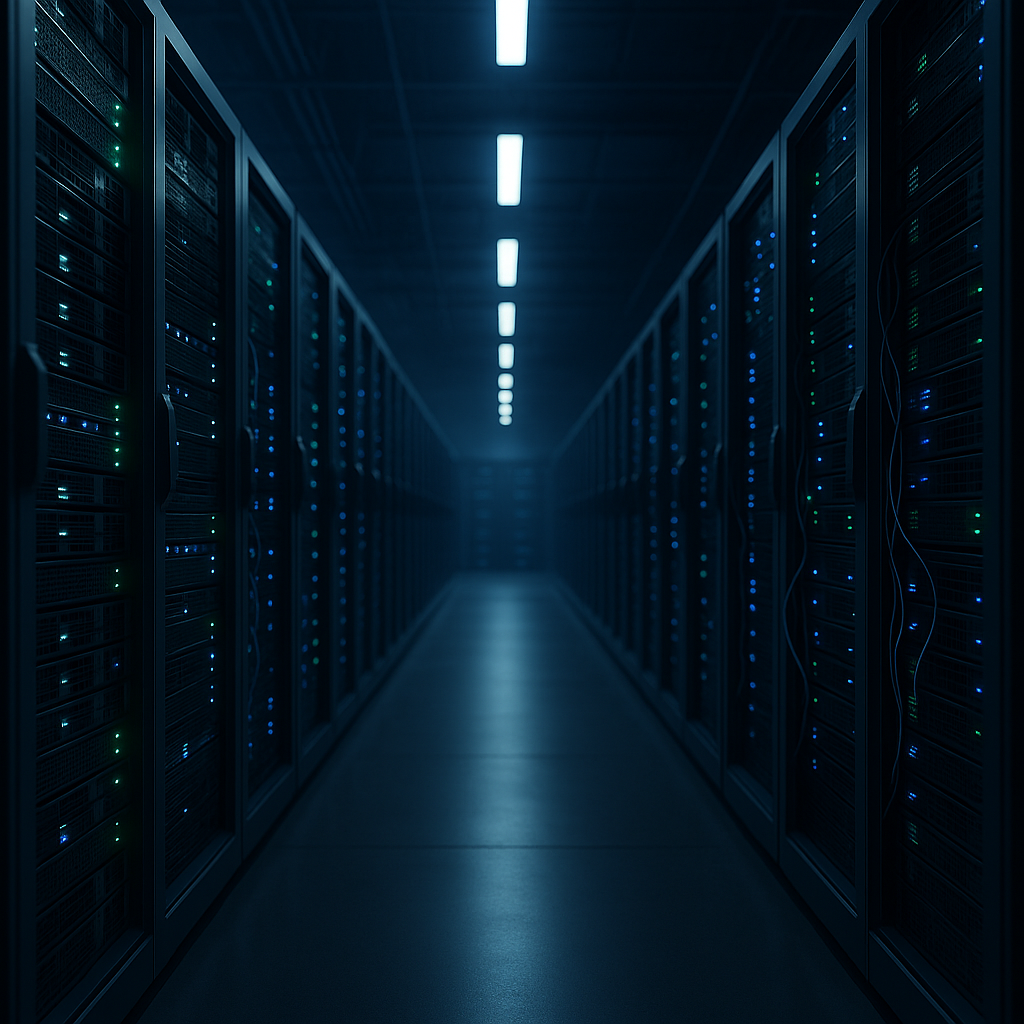On August 7, 2025, OpenAI officially announced the release of GPT-5, the latest and most powerful version of the AI model behind ChatGPT. The company promises a significant leap in speed, accuracy, and human-like interaction, positioning GPT-5 as a major step towards Artificial General Intelligence (AGI).
Unlike previous releases, GPT-5 will be available to all users, including those on free accounts, making it the first reasoning model from OpenAI accessible without a subscription—although usage limits will apply.
A Unified Model for All Users
Until now, the ChatGPT ecosystem was fragmented across multiple models (GPT-3.5, GPT-4, GPT-4o, Mini, Agent), with varying capabilities depending on the subscription plan.
GPT-5 replaces this complexity with a single, unified model capable of adapting to any context—whether for software development, content creation, or data analysis.
For free users, GPT-5 Mini will activate when daily limits are reached. Plus subscribers will enjoy higher usage quotas, while Pro users ($200/month) gain unlimited access.
Key Improvements in GPT-5
OpenAI highlights three major advancements:
Faster Responses – Even complex queries return answers in near real-time.
Higher Accuracy – Significantly reduced “hallucinations” (false or misleading information).
More Human-Like Interactions – Natural language flow, better contextual understanding, and refined tone.
Nick Turley, head of the ChatGPT app, describes GPT-5 as “our smartest model yet,” excelling in academic benchmarks for math, science, and reasoning while delivering a noticeably smoother user experience.

Advanced Coding Capabilities
One of GPT-5’s strongest upgrades is in software development.
The model can transform natural language instructions into fully functional applications—including UI/UX design, game mechanics, and backend logic.
Example demo:
A researcher requested an interactive French-learning web app with flashcards, quizzes, and a custom version of Snake. GPT-5 delivered a complete, interactive game with over 600 lines of clean code in seconds—something that would take a human developer hours to build.
Other coding improvements include:
Bug detection and fixes
Alternative solutions for existing code
Front-end design generation without manual coding
Support for multiple languages (JavaScript, Python, HTML/CSS, etc.)
Creative and Multimedia Generation
Beyond coding, GPT-5 excels in multimedia content creation:
High-quality images and graphics
Music composition
Professional-grade text generation for marketing, technical, and creative writing
Customizable chat personalities—from concise to professional, supportive, or even sarcastic
It can also integrate with Gmail, Google Contacts, and Google Calendar, enhancing workflow automation.

Ethical AI and Safety Improvements
OpenAI has reworked its safety framework. Instead of a binary “allow or block” system, GPT-5 now uses safe-response filtering—providing partial, non-harmful answers for ambiguous or potentially dangerous prompts.
This makes it harder to misuse the model while keeping it helpful in educational and research contexts.
The company also implemented mental health safeguards, including break reminders for prolonged conversations.
A Step Towards AGI
CEO Sam Altman calls GPT-5 “a significant step towards highly capable AI systems,” though he stops short of declaring it true AGI. The main missing element is continuous learning—the ability for the model to retain new knowledge from live interactions.
Still, Altman compares the leap from GPT-4 to GPT-5 to the transition from standard phone screens to Retina displays—once you try it, going back feels impossible.
3D Tech Experience with GPT-5
At 3D Tech, we have tested GPT-5 extensively across technical writing, design assistance, and complex software tasks. The improvements are undeniable—deep reasoning is faster, more coherent, and already impressive even in the base version.
That said, we still encounter persistent “personality” patterns that can interfere with productivity. In some cases, GPT-5 tends to produce overly expansive or tangential answers, requiring a deliberate behavioral tuning before it can switch into an optimal work mode. This extra step slows down certain workflows and reinforces the need for context-specific personalities that match the intended use case.
While this remains a delicate area, it is also one that could be resolved with relatively minor adjustments. Despite these limitations, GPT-5’s raw capabilities, speed, and adaptability still position it as a groundbreaking tool—one that deserves recognition for pushing AI performance to a new level.
The Future of AI is Here
GPT-5 redefines what an AI assistant can do: faster reasoning, enterprise-level coding skills, creative versatility, and safer interactions—all in a single, unified platform.
Whether you’re a developer, content creator, business leader, or just curious about AI, GPT-5 marks a turning point where anyone can build, design, and innovate with just a prompt.
Articoli correlati:
- AI War: The Battle Between OpenAI and DeepSeek for AI Dominance
- OpenAI Under Pressure: Forced Vacation for Staff as Meta Attracts Top Talent
- OpenAI e il Cammino verso l’Intelligenza Artificiale Generale: La Nuova Scala di Valutazione Interna
- OpenAI o1 “Strawberry”: il nuovo LLM che punta al ragionamento complesso








